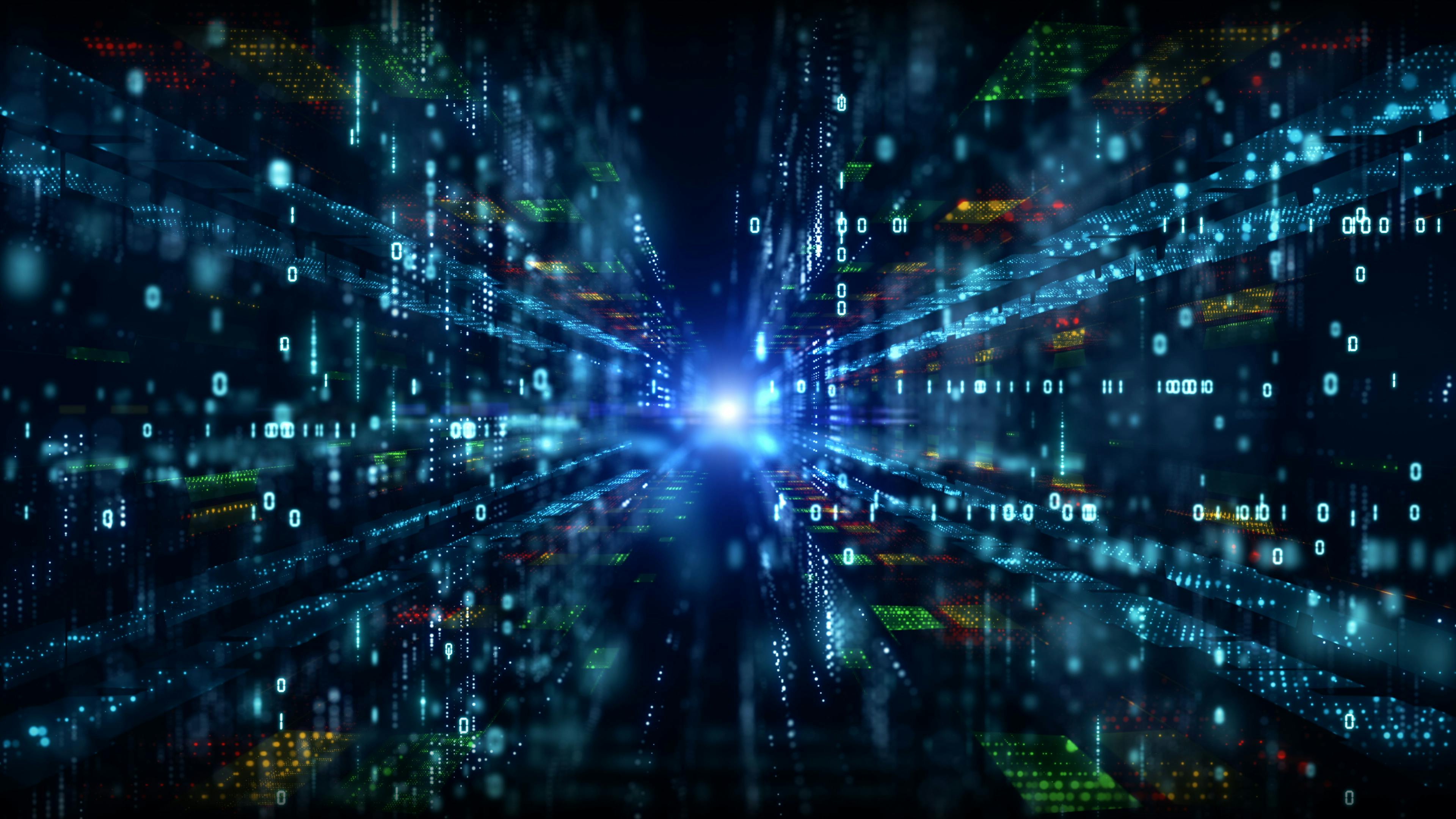Critical Evaluation of Chromatography Methods: Essential Detective Skills
I get excited when there is a new chromato- graphic method to implement or transfer into the laboratory, and don’t understand why everyone doesn’t feel the same way—perhaps it’s the challenges these processes often entail. Here, I explore how the challenges of new methods can be made easier, and more enjoyable, by taking time for some detective work prior to entering the laboratory.
A starting point of our detective work is to do a thorough reading of the method to gain a sense of whether it stacks up against our previous experience. I’m going to start with a high performance liquid chromatography (HPLC) method I recently came across that hides a surprising number of potential problems:
- Sample diluent: dilute sulfuric acid (approximately pH 2.8)/methanol (50:50)
- Column: endcapped bridged ethylene hybrid ODS (1.7 μm)
- Buffer solution: 1.36 g of potassium dihydrogen phosphate R in 900 mL HPLC-grade water. Add 0.15 g sodium heptanesulfonate R, adjust to pH 7.0 with triethylamine R, and dilute to 1000 mL with HPLC-grade water.
- Mobile phase A: buffer solution/methanol R (90:10 v/v)
- Mobile phase B: buffer solution/methanol R (15:85 v/v)
- Gradient: Illustrated below in Table I

- Detection: spectrophotometer at 254 nm
- Analytes: organic compounds with basic functional groups ranging from pKa 7.25 to 10.0
The mobile phase constituents are certainly not what one could call “modern.” Potassium dihydrogen phosphate is a traditional buffer used to stabilize the mobile phase (pH 7.0) when it mixes with the sample diluent (pH 2.8). With a pKa of 7.21, close to the desired pH, it appears to be an excellent choice. However, because at least one of the analytes has a pKa close to 7.0, we should expect changes in retention unless the pH is accurately controlled. It would be better to quote the exact weight of triethylamine required for a more robust pH.
Triethylamine acts as a masking reagent for acidic silanol groups that were not neutralized during column endcapping. Left untreated, these groups cause peak tailing on basic analytes. Unfortunately, triethylamine is volatile and will be lost over time, causing unpredictable drifts in retention. Furthermore, because it inherently alters the stationary phase, extended flushing is needed to re-equilibrate between injections. One must also consider the neutralization of sodium heptanesulfonate, the ion pairing reagent, by triethylamine.
Ion pairing reagents have two modes of action in reversed-phase chromatography. In the mobile phase, these anions form neutral complexes with basic analytes, increasing their retention. Additionally, they bond with the stationary phase, contributing anionic groups (R-SO-3) to the surface. These groups retain basic analytes by electrostatic attraction, but also interact with additives such as triethylamine.
Let’s now look at the column. Bridged ethylene hybrid technology was introduced by Waters around 2004 to improve peak shape, ruggedness under ultra-HPLC (UHPLC) conditions, and resistance to high pH. Acidic silanols were prevalent in early HPLC columns, where “Type A” silicas that were used as stationary phase substrates contained metal impurities known to activate silanol groups. Metals were practically removed with the introduction of “Type B” silica, and novel endcapping treatments were developed to further reduce unwanted silanol groups. Bridged ethylene phases are also known to reduce surface silanols. These innovations have effectively negated the need for triethylamine in modern mobile phases.
But why is there an ion pairing reagent in this separation? Because our column can withstand high pH, we must question whether adjusting the pH to 10.5 or 11 would not neutralize most analytes and enhance their retention. Alternatively, stationary phases designed to retain polar (or even ionized) analytes are available. Routine use of ion pairing reagents has not been necessary for years.
Our column contains 1.7 μm particles, designed for highly efficient UHPLC systems. Phosphate buffers should be avoided in these machines, as crystallization quickly leads to overpressure and blockages. I would recommend prefiltering the eluents, keeping in mind that triethylamine may partially evaporate in the filtration apparatus.
Fixed wavelength detection at 254 nm can be problematic when mobile phases change so dramatically under gradient. Without a reference wavelength to account for changes in refractive index, steep gradients often produce wandering baselines.
Some detective work before donning our lab coats can save us trouble: “exotic” additives should ring alarm bells, as simpler methods are often possible with modern columns. Use a reference wavelength if your system allows, always investigate analyte logD and pKa when selecting buffers, and pre-empt solubility problems under gradient conditions.
Tony Taylor is the Chief Science Officer of Arch Sciences Group and the Technical Director of CHROMacademy. Direct correspondence to: LCGCedit@mmhgroup.com.


New Study Reviews Chromatography Methods for Flavonoid Analysis
April 21st 2025Flavonoids are widely used metabolites that carry out various functions in different industries, such as food and cosmetics. Detecting, separating, and quantifying them in fruit species can be a complicated process.

.png&w=3840&q=75)

.png&w=3840&q=75)



.png&w=3840&q=75)



.png&w=3840&q=75)













